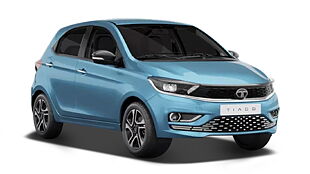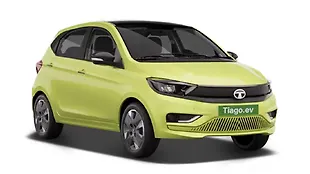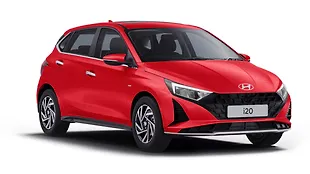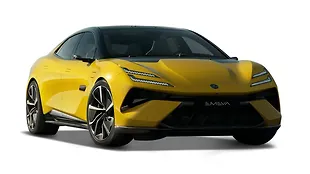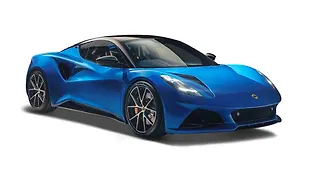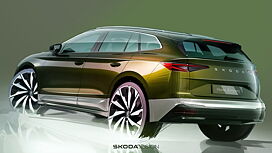Evolution of Santro
Korean automaker, Hyundai Motors made a grand entry in the Indian market way back in 1998 with its entry-level Santro hatchback. The unique international ‘tall boy’ body style offered easy ingress and egress that immediately caught Indian car buyers’ attention. At the time of its launch, the automaker introduced the model at a price of Rs 2.99 lakh (ex-showroom).

1998
Back then, cars with AC and power windows were considered to be premium model offering, which only a handful could own, leave alone wheelcaps and music system. However, the Santro during the initial days was offered in three trims – Base, DX 1 and DX 2. The Base trim offered AC and featured black bumpers, while the mid DX a variant came with body coloured bumpers, high quality fabric upholstery, front power windows, rear wiper, full wheel covers and front fog lamps. The top-spec variant DX 2 offered power steering and first-in-class rear seat belts. Back then, the Hyundai Santro emerged as a strong competitor against Maruti Suzuki’s popular seller, the Zen.

2000
Sometime in 2000’s, moving up with times, the Korean automaker offered an upgraded version called as Santro Zip Drive in the country which featured an improved power steering system as standard and a new grille to distinguish it from the older version. As competition in the automotive segment got tougher and stronger, Hyundai introduced the Santro Zip Drive Plus in 2002 with new clear lens headlamps and tail lamps. Under the hood, the Zip Drive Plus trim also received a better performing engine over its predecessors.

2008
By this time Santro had well established itself as a perfect family car with value for money preposition. Distinguishing itself as a brand that is focused on innovation and freshness, Hyundai introduced the Santro Xing in the country in 2008. The new model further helped the brand gain an upper hand in the segment and was one among the top sellers in the country till it was discontinued in 2015. Eventually, with a newer models like the i10 doing well in the Indian market, the former popular seller was put to rest.
Over the years, the Santro brand earned respect among owners for its low cost of ownership, decent styling, practical features, decent fuel economy and good interior space that made it a good choice as a practical family car. The Santro throughout its product life was offered with a very reliable petrol engine that came mated to a five-speed manual transmission. A basic equipment list on offer also made it a no fuss vehicle, which made it popular choice among all age group of car buyers in the country.
Relaunch Soon:
On popular demand, the Korean automaker is once again planning to relaunch the Santro hatchback which will be exclusive for the Indian market. Though there have been no official announcement on the details yet, reports indicate that it might happen only in second half of 2018. Currently in development and testing phase, the popular tall boy from Hyundai is expected to get sleeker and modern styling design upgrades which might be based on the company’s 2.0 design philosophy. The new model is likely to replace the i10, but might carry forth the 1.1L iRDE 2 engine which generates 68bhp of power. Post launch, it will be positioned below the Grand i10 hatchback. During it heydays’, the automaker sold around 2,000 units on an average every month and during its 17 years of existence sold a total of 1.9 million units. Post its anticipated launch in 2018, the relaunch of Santro will help the automaker to achieve its goal of reaching 1 million sales by 2020.

![Hyundai Santro [1998-2000] Image Hyundai Santro [1998-2000] Image](https://imgd.aeplcdn.com/272x153/cw/cars/no-cars.jpg?q=80)
